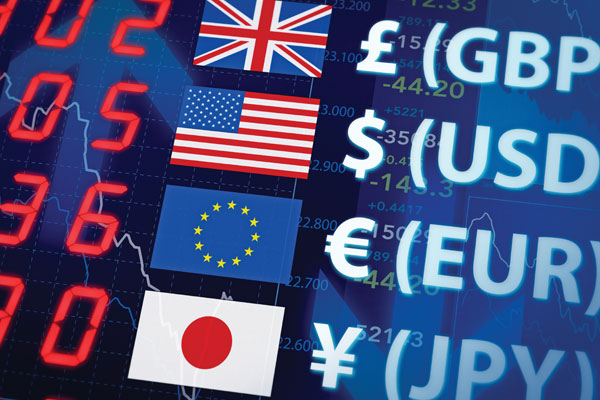The US travel market is currently facing hurdles due to elevated exchange rates and increasing costs. Despite these challenges, industry operators express a sense of cautious optimism for the future.
While booking volumes have risen compared to last year, they still fall short of pre-pandemic figures. This indicates a slow yet positive trajectory towards recovery as the travel industry grapples with these economic pressures.
Economic Challenges Facing the US Travel Market
The US travel market continues to face significant challenges due to elevated exchange rates and rising costs. These challenges have been a hindrance to recovery post-pandemic. Guy Novik, founder and chief executive of USAirtours, highlighted that while the situation is not overly exciting, there is a positive outlook. Booking volumes are higher than last year but still trail pre-pandemic figures.
Novik has reported a 6% increase in departures compared to 2023, with average sales values 23% above pre-pandemic levels. Factors such as inflation and a buoyant US domestic market have contributed to substantial increases in holiday costs, creating a squeeze on capacity that in turn affects pricing. Despite these pressures, there has been no discounting on long-haul trips, suggesting firms are holding steady.
Operator Optimism Amidst Challenges
Notwithstanding the challenges posed by high costs and exchange rates, some operators remain optimistic. Harry Hastings, co-chief executive of Ocean Holidays, pointed out that Florida bookings for 2025 are looking robust, with departures this year up by 30% compared to last year.
“The average booking value has increased 40% from 2019 to 2024,” Hastings noted, although the recovery remains ongoing. He reminded that the US was among the last to open borders post-Covid, impacting current recovery rates. Hastings anticipates that the market conditions will continue improving as travel restrictions become a thing of the past.
Popular Destinations and Market Demand
According to Olly Brendon, founder and chief executive of Do Something Different and Attraction Tickets, the US market still finds itself in a challenging position, albeit with a 5% improvement from last year.
The Orlando market, in particular, only measures about 80% of its pre-Covid status, exerting pressure on the traditional family market. Inflation and exchange rate fluctuations contribute to the rising costs that families must navigate when planning their vacations.
Both Brendon and Hastings have identified the upcoming opening of the Universal Epic Universe theme park in Orlando as a significant draw for travellers. There is optimism for greater interest in 2025 and 2026, which could boost tourism to traditional hotspots in the US.
Emerging Trends and Consumer Behaviour
Lynsey Wilce, a personal travel expert at Kuoni, has observed a definite uptick in US holiday bookings. Popular itineraries include coastal road trips and visits to national parks, pointing to a shift towards more varied and adventurous travel preferences among consumers.
Meanwhile, higher airfares and unfavourable exchange rates have made trips to the US more expensive, particularly affecting how much visitors can budget for experiences like dining and local attractions. Lisa McAuley, strategy director at Hays Travel, corroborates this by highlighting increased interest in gateway cities like New York and Las Vegas, which remain popular despite cost challenges.
Strategic Marketing Initiatives
Operators have been employing creative strategies to navigate the complex market landscape. For instance, multi-channel partner campaigns that include agent training and consumer marketing have proven effective in stimulating interest and driving bookings.
Despite higher airfares, interest remains high in certain destinations. Companies continue to leverage their marketing assets to counterbalance the adverse impacts of high costs and exchange rates, ensuring that consumer interest remains strong.
Future Outlook and Industry Predictions
Operators expect a gradual recovery with strategic initiatives leading the way. The anticipated opening of new attractions and the easing of travel restrictions are hopeful signs for 2025 and beyond. Industry stakeholders continue to watch economic indicators closely to adapt and strategise appropriately.
While the complexities of the current market cannot be understated, the resilience demonstrated by operators provides a source of encouragement for the industry’s future. Firms that can maintain flexibility and adaptability in their strategies may find themselves well-positioned to thrive as conditions improve.
Concluding Remarks
The US travel market is navigating a complex recovery path, with careful attention to economic indicators and strategic planning being key. Despite challenges, the industry’s resilience is evident, demonstrated by the cautious optimism of operators who are adapting to ongoing uncertainties.
In navigating the complexities of today’s travel market, operators are holding steadfast under economic pressures. Strategic innovation and a collective resilience position the industry for a hopeful future.
With a focus on recovery, growth, and adapting to new consumer trends, the US travel market is poised to overcome current challenges through a combination of strategic foresight and practical solutions.

